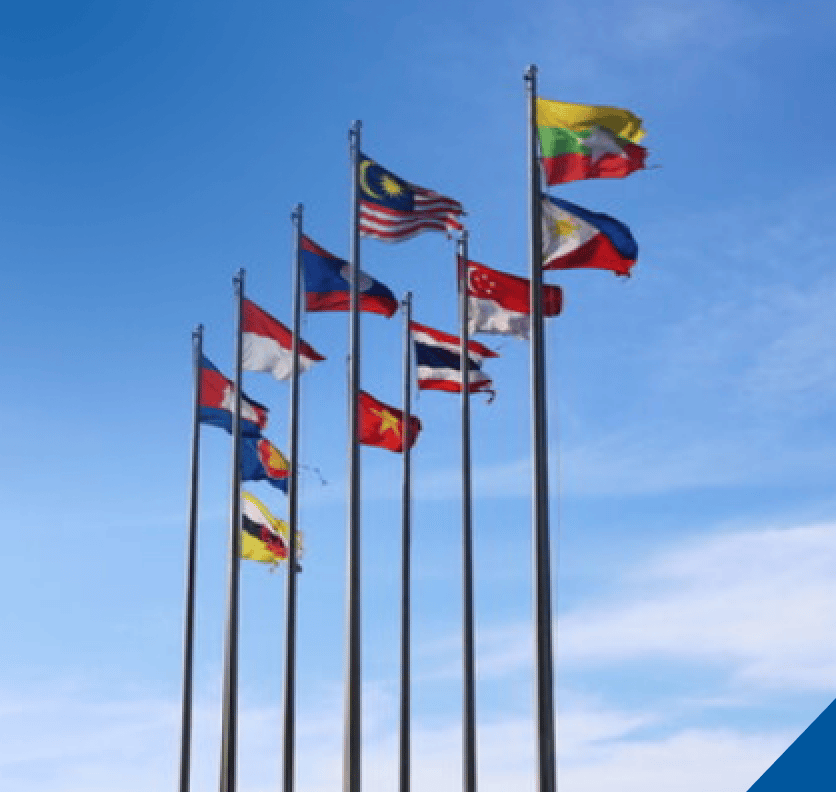[vc_row el_class=”detail-right-sing-pub”][vc_column width=”4/12″ el_class=”featured-image-wrap”][vc_single_image source=”featured_image” img_size=”full” el_class=”featured-image”][/vc_column][vc_column width=”8/12″][vc_row_inner][vc_column_inner el_class=”title-single-pub” css=”.vc_custom_1565448006423{margin-bottom: 0px !important;}”][vc_column_text css=”.vc_custom_1565448183865{margin-bottom: 15px !important;}”][post_title][/vc_column_text][/vc_column_inner][/vc_row_inner][vc_row_inner][vc_column_inner el_class=”date-single-pub”][vc_column_text css=”.vc_custom_1565448167869{margin-bottom: 15px !important;}”][post_date][/vc_column_text][/vc_column_inner][/vc_row_inner][vc_row_inner][vc_column_inner el_class=”type-single-pub” width=”2/6″][vc_column_text]Category[/vc_column_text][/vc_column_inner][vc_column_inner el_class=”type-single-pubb” width=”4/6″][vc_column_text][post_cat][/vc_column_text][/vc_column_inner][/vc_row_inner][vc_row_inner][vc_column_inner el_class=”type-single-pub” width=”2/6″][vc_column_text]Tag[/vc_column_text][/vc_column_inner][vc_column_inner el_class=”type-single-pubb” width=”4/6″][vc_column_text el_class=”tag-pub”][post_tag][/vc_column_text][/vc_column_inner][/vc_row_inner][vc_row_inner][vc_column_inner el_class=”type-single-pub” width=”2/6″][vc_column_text]Author[/vc_column_text][/vc_column_inner][vc_column_inner el_class=”type-single-pubb” width=”4/6″][vc_column_text]Beni Suryadi, Adhityo Gilang Bhaskoro, Suwanto (ASEAN Centre for Energy), Dr. Li Yanfei (ERIA)[/vc_column_text][/vc_column_inner][/vc_row_inner][vc_row_inner][vc_column_inner el_class=”type-single-pub” css=”.vc_custom_1565449718201{margin-top: 15px !important;}”][vc_column_text el_class=”download-pdf-sing-pub”]DOWNLOAD PDF[/vc_column_text][/vc_column_inner][/vc_row_inner][/vc_column][/vc_row][vc_row el_class=”row-key-point” css=”.vc_custom_1565449289802{margin-top: 40px !important;}”][vc_column el_class=”key-point”][vc_column_text el_class=”key-point-ul”]
Key Points
Thanks to progress made in both technologies and supply chains, the costs of hydrogen and fuel cells combined for energy applications, such fuel cell electric vehicles (FCEVs) and fuel cell power plants, have been declining fast. In addition, the massive adoption of intermittent renewable energy (RE), such as solar and wind, is calling for massive energy storage. In this regard, hydrogen, by the pathway of electrolysis using fuel cells, provides an important energy storage option. The coupling of hydrogen and RE thus gives hope for a future of clean (or even zero-emission) energy supply. Hydrogen storage is also flexible in terms of scale, location and timing, and is especially useful for long durations and seasonal storage. Energy derived from hydrogen provides an option for the ASEAN Member States (AMS): it would not only green the energy supply, but it would also enhance indigenous energy supplies, thereby improving the regions’ energy security.
In addition, the latest data indicated that the AMS currently consume 4.5 million barrels of oil per day but produce only 2.5 million barrels per day. The remaining supply gap – over 40% of the demand – comes from imports. The demand for oil is driven mainly by the transport sector, especially land transport. Electrifying road vehicle fleets seems to be the most desirable way to address the AMS’ energy security concerns, as well as its financial and fiscal burdens, and emissions and pollution challenges faced by the road transport sector. However, it should be noted that the concept of battery electric vehicles (BEVs) comes with intrinsic limitations. Various studies have shown that if electricity is not generated by energy sources that are sufficiently clean and green, BEVs will cause more emissions and pollution compared to fossil fuel-powered vehicles.
[/vc_column_text][/vc_column][/vc_row][vc_row][vc_column][vc_column_text][vc_row][vc_column width=”1/1″][vc_column_text]
[/vc_column_text][/vc_column][/vc_row]










